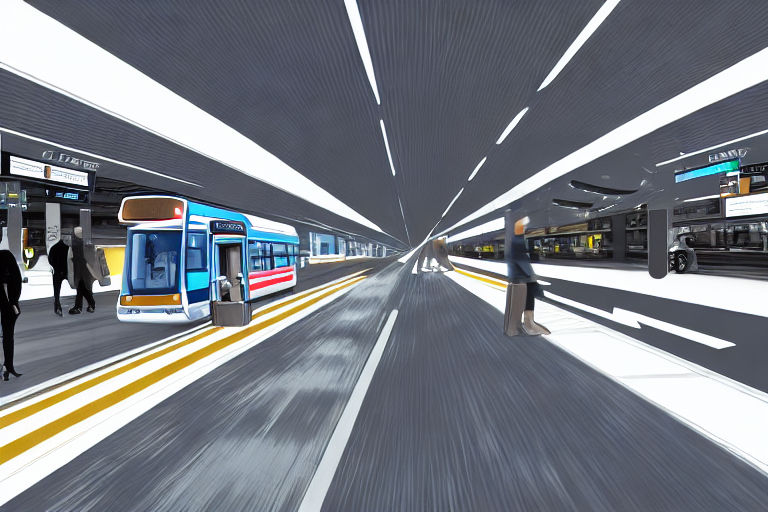How Autonomous Vehicles are Revolutionizing Public Transportation Systems
Autonomous vehicles, commonly referred to as self-driving cars, are set to revolutionize public transportation systems in the near future. These vehicles will provide a range of benefits, such as increased safety, reduced traffic, improved efficiency and more sustainable transportation systems. Let's explore how autonomous vehicles are changing public transit.
Saving Lives with Increased Safety
According to the National Highway Traffic Safety Administration, human error is the leading cause of car accidents. By introducing autonomous vehicles into public transportation systems, the number of accidents on the roads can be significantly reduced as these vehicles use advanced sensors and artificial intelligence to prevent accidents.
Reducing Traffic Congestion
One of the primary reasons for traffic congestion is the inefficiency of the traditional transportation system. With autonomous vehicles, the ability to communicate with other vehicles and traffic lights to make better decisions can significantly reduce traffic congestion. This can lead to a reduction in commuting time and less stress for commuters.
Improving Energy Efficiency and Sustainability
Self-driving cars have the ability to improve energy efficiency and sustainability in public transportation systems. Autonomous vehicles are electric, which means they produce zero emissions. This makes them a more environmentally friendly option compared to traditional vehicles. Furthermore, autonomous cars are more fuel-efficient, creating less waste and reducing the dependency on fossil fuels.
Enhancing Accessibility and Comfort of Public Transportation
Autonomous vehicles can provide enhanced accessibility and comfort for public transportation users. These vehicles can be equipped with additional features such as comfortable seating, Wi-Fi, and charger ports. In addition, autonomous vehicles can offer flexible transportation schedules, which can make public transportation more convenient and adaptable to users' needs.
Challenges to Adoption of Autonomous Vehicles Within Public Transportation Systems
Despite the numerous benefits of autonomous vehicles in public transportation systems, there are still some challenges to their widespread adoption. One of the most significant barriers is the high cost associated with introducing these vehicles into the existing transportation infrastructure. This requires significant investment in upgrading roadways and implementing necessary communication systems.
In addition, there are concerns around cybersecurity, and whether autonomous vehicles can be reliably secured against hacking, which may lead to safety concerns and widespread distrust in the technology.
Conclusion
Autonomous vehicles are set to transform public transportation systems, enhancing efficiency, accessibility and sustainability whilst reducing costs and increasing safety. Although there are still challenges to their widespread adoption, the benefits of these vehicles are undeniable.



